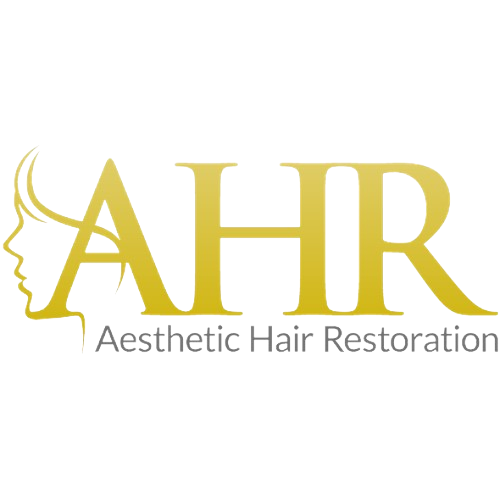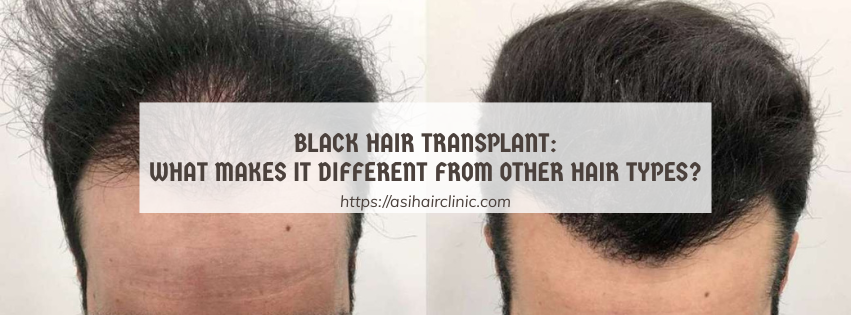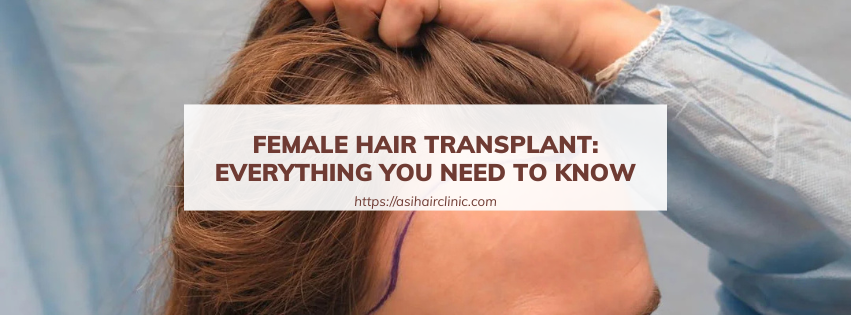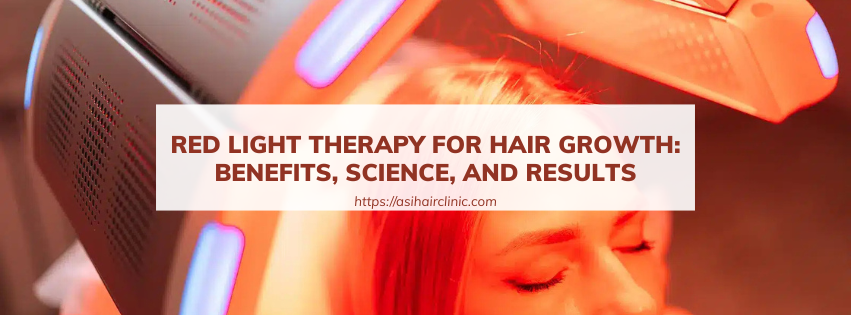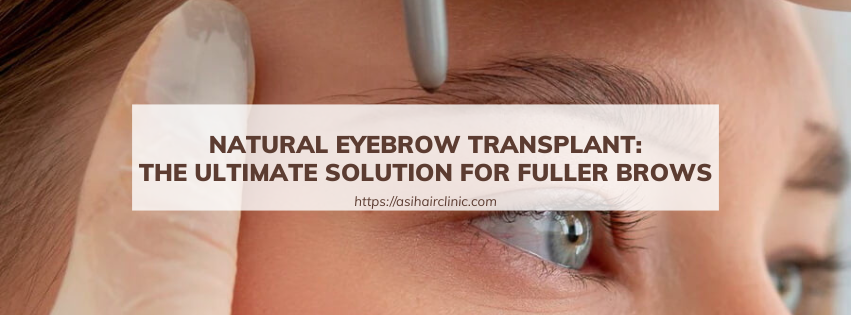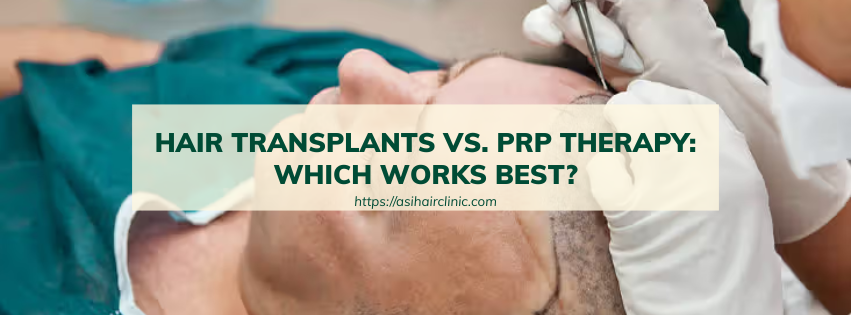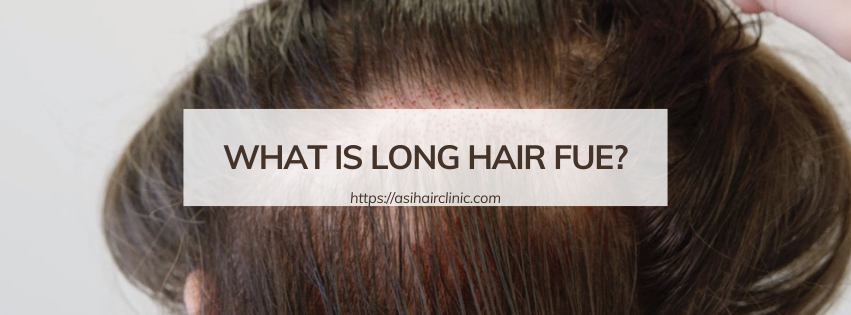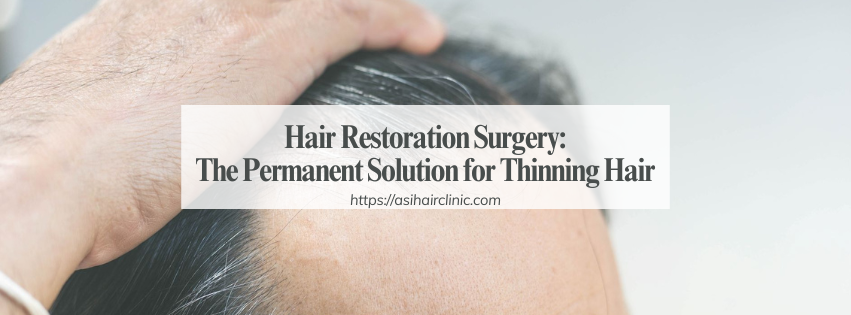Life After Hair Transplant: What Can and Can’t I Do?
The decision to undergo a hair transplant is momentous, often leading to renewed confidence and an enhanced sense of self. However, the journey continues long after the surgery is completed. Understanding life after a hair transplant is critical, as it involves adhering to specific rules and precautions that can significantly impact healing and the eventual outcomes of your new look. This article aims to provide a comprehensive guide for navigating the post-procedure landscape, outlining what you can and cannot do in the weeks and months following a hair transplant.
1. The First 2 Weeks: Rest and Recovery
The initial two weeks after a hair transplant are pivotal for ensuring successful healing. During this time, the body begins to adapt to the new grafts, and proper care will help minimize complications and set the stage for optimal growth.
1.1. Prioritizing Rest and Managing Discomfort
Rest is vital in the first couple of weeks post-surgery. Your body needs time to heal, and engaging in strenuous activities such as heavy lifting or intense exercise can disrupt the healing process. Strenuous movement may also affect blood flow to the transplanted area, which is crucial for supporting the embedding of grafts.
Moreover, many patients experience discomfort in the donor or recipient areas. It's essential to follow your surgeon's guidelines regarding pain management. Typically, surgeons prescribe medication to alleviate discomfort. Over-the-counter pain relievers like ibuprofen may also be recommended, but it’s best to consult your doctor beforehand to avoid any potential complications.
1.2. Compression Bandage and Scalp Care
Following your procedure, a compression bandage is usually applied for several days. This aids in reducing swelling and supports the treated area. It's important to wear this bandage as directed by your healthcare provider.
When it comes to scalp care during the first two weeks, gentle washing is critical. Your surgeon will likely recommend a mild shampoo. Scrubbing or vigorous rubbing should be avoided. Instead, gently pat the area dry and allow it to air out whenever possible, minimizing irritation.
1.3. Sleep and Lifestyle Adjustments
Your sleeping position plays a significant role in recovery. Elevating your head with an extra pillow can minimize swelling and discomfort during the early stages of recovery.
In addition, it's advisable to avoid touching, scratching, or picking at the transplanted area, as this could dislodge the grafts. Substances like alcohol and smoking should be strictly prohibited in the first two weeks since they can hinder the body's healing abilities, increasing the risk of complications.
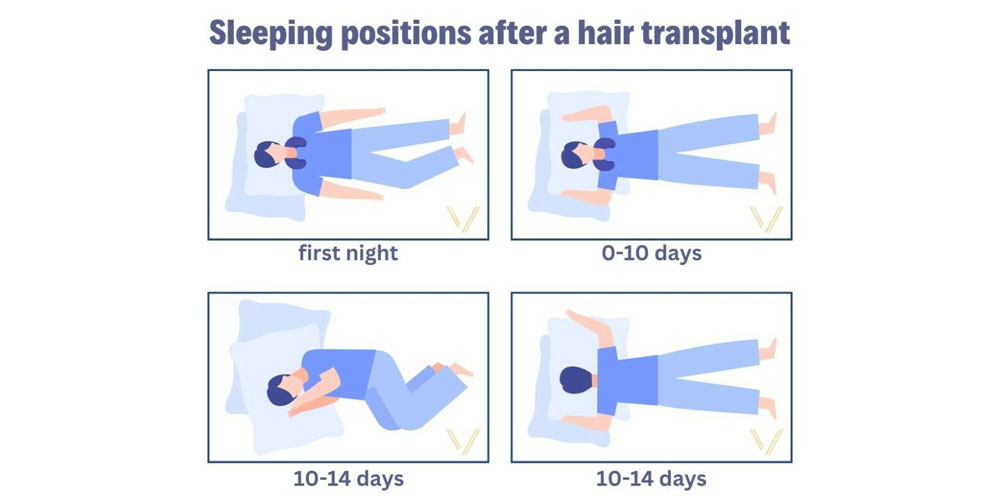
2. Beyond the First Two Weeks: The Road to Recovery
Once the initial healing phase concludes, you can gradually reintegrate certain activities into your routine. Nevertheless, it's essential to continue following your surgeon's guidelines to ensure a smooth recovery.
2.1. Returning to Work and Daily Activities
Most patients find that they can return to work within one to two weeks after their hair transplant. However, this largely depends on the nature of your job. If you have a physically demanding occupation, you might need additional time off to ensure complete recovery.
As you return to work, be mindful of how you engage with others. Some individuals may feel self-conscious about their appearance immediately following the procedure due to swelling or redness. Wearing hats or using strategic hairstyles can help you feel more comfortable during this period.
2.2. Gradual Resumption of Exercise
After the initial two-week period, light exercises such as walking or swimming can be cautiously resumed. These moderate activities can help maintain overall health without putting undue strain on the healing grafts.
However, high-impact exercises like weightlifting or running should be avoided for several months. Engaging in these activities too soon may disrupt the grafts and jeopardize the results of your transplant.
2.3. Protecting Your Scalp from Environmental Stressors
Environmental factors play a key role in the health of your newly transplanted hair. Direct sunlight and heat sources, such as saunas and hot tubs, should be avoided for the first few months. Exposure to extreme conditions can harm the delicate hair follicles that are just beginning to settle into their new environment.
Additionally, when you begin styling your hair again after a few weeks, it's important to be cautious. Harsh chemicals or styling products should be avoided for the first six months to protect your sensitive scalp and newly implanted hair.

3. Can’t Dos: What to Avoid Altogether
While there are numerous activities you may be able to resume after your hair transplant, some things should be avoided entirely for the sake of optimal recovery.
3.1. Intense Sunlight and Chemical Exposure
Prolonged exposure to the sun can severely damage transplanted hair follicles, making it imperative to take measures to protect your scalp. Always wear a hat or apply sunscreen to shield your scalp from harmful UV rays.
Similarly, chemical treatments such as hair dye or bleaching should be avoided for several months post-surgery. These substances can irritate the sensitive skin around the transplanted region and lead to unwanted side effects.
3.2. Steer Clear of Saunas, Hot Tubs, and Massages
Extreme heat from saunas or hot tubs can disrupt blood flow and hinder the healing process of your hair follicles. Thus, it's best to completely avoid these activities until you receive clearance from your surgeon.
Massaging the scalp should also be avoided. While massage can be beneficial for relaxation and tension relief, it may dislodge grafts, affecting the overall success of your transplant. Likewise, shaving the transplanted area should be postponed for a few months to allow the grafts to secure properly.
3.3. Medication Precautions
After your hair transplant, certain medications must be avoided to minimize complications. Common over-the-counter options like aspirin or non-steroidal anti-inflammatory drugs (NSAIDs) can increase bleeding risk. Ensure you discuss all your medications with your surgeon before and after the procedure.
4. Important Considerations for Women
Women often face unique challenges and concerns after undergoing a hair transplant. Addressing these is essential for a successful recovery and satisfactory results.
4.1. Hair Extensions and Wigs
For women who commonly wear hair extensions or wigs, it’s crucial to refrain from using them for at least a few months post-transplant. The weight and tension placed on the scalp can adversely affect the healing grafts and hinder hair growth.
This period may present a challenge; however, patience is key. Embracing natural styles and allowing your hair to grow freely can yield long-term benefits.
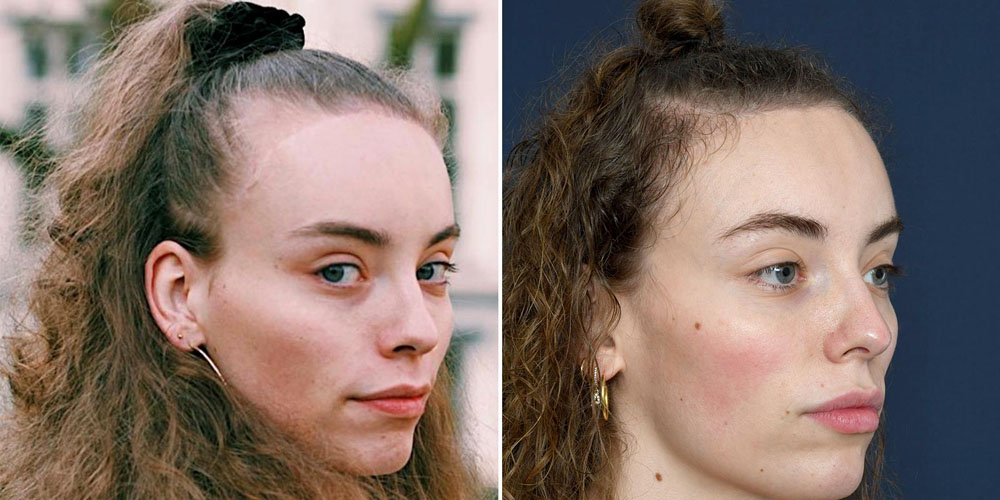
4.2. Styling Tools and Hair Products
Avoiding heated styling tools like curling irons or straighteners is another essential step during recovery. The heat can damage both the grafts and surrounding hair. It’s advisable to wait at least six months before reintroducing these types of styling tools to your routine.
Furthermore, refrain from using hair removal products, such as depilatory creams or wax, on the transplanted area for at least six months. Using harsh chemicals can irritate the sensitive skin and negatively affect healing.
4.3. Mental and Emotional Well-Being
While physical recovery is vital, emotional well-being should not be overlooked. Many women experience anxiety or frustration during the waiting period as they anticipate visible results. Building a support system of friends, family, or even online communities can provide reassurance and encouragement throughout the recovery process.
5. Long-Term Considerations: Maintaining Your Results
A hair transplant can be a permanent solution to hair loss, but ongoing care is essential for maintaining the results. Here are some key practices to consider for long-term success.
5.1. Scalp Care and Hygiene
Maintaining good scalp hygiene is critical for preserving the health of your hair post-transplant. Regularly washing your scalp with a gentle shampoo helps keep it clean while avoiding harsh chemicals that can cause irritation. Make sure to use products specifically recommended by your surgeon, as they will be tailored to promote healing.
In addition, incorporating scalp massages into your routine - after the initial healing phase - can stimulate blood flow and promote healthy hair growth. However, ensure that these massages do not involve the transplanted area for several months.
5.2. Diet and Lifestyle Modifications
A healthy diet rich in vitamins and minerals can significantly impact hair health. Foods high in biotin, zinc, iron, and omega fatty acids should be prioritized to foster hair growth and strengthen existing strands. Staying hydrated is also crucial, as water promotes cellular functions and contributes to overall hair health.
You may also want to consider integrating supplements like multivitamins or specific hair growth formulas recommended by your physician. Discuss longevity strategies with your doctor to ensure you’re taking the right steps for lasting success.
5.3. Regular Follow-Ups and Medications
Adhering to your surgeon's recommendations for follow-up appointments is critical. These sessions offer an opportunity for your doctor to monitor your progress and address any concerns you may have.
If prescribed, medications like finasteride or minoxidil may be recommended to maintain hair growth and prevent future hair loss. Continuing this treatment can significantly enhance the longevity and fullness of your transplanted hair.
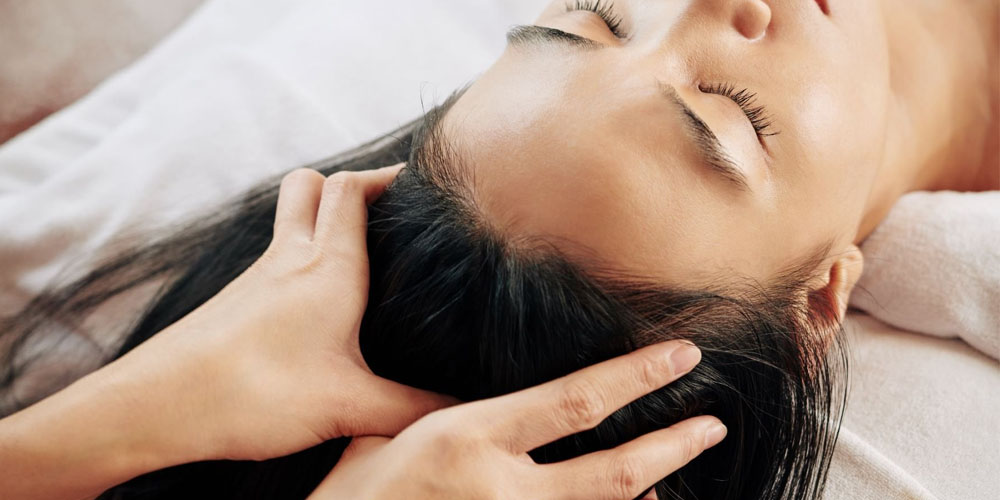
6. Addressing Misinformation and Concerns
There are many misconceptions surrounding hair transplants, and being informed is key to alleviating concerns. Here are some common myths clarified.
6.1. Hair Transplant Scarring
One prevalent myth is that hair transplants result in prominent scarring. While there will indeed be a small scar at the donor site, modern techniques, such as follicular unit extraction (FUE), have minimized visible scarring. In most instances, scars are discreet and easily concealed by surrounding hair.
6.2. Manageable Pain and Discomfort
Another misconception is that hair transplants are incredibly painful procedures. In reality, most surgeries are performed under local anesthesia, ensuring minimal discomfort during the operation itself. Post-surgery, pain management options are available, and most patients report manageable levels of discomfort.
6.3. Cost and Value of Hair Transplants
The cost associated with hair transplants can vary widely based on location, the number of grafts required, and the surgeon's expertise. It's advisable to consult multiple clinics to get accurate quotes and assess the overall value of their services, including post-operative care and follow-up consultations.
6.4. Realistic Expectations for Results
Hair transplant results require time and patience. Although many patients begin noticing new hair growth within three months, the optimal results typically manifest around one year after the procedure. Keeping realistic expectations will help mitigate disappointment and promote a positive mindset throughout the recovery journey.
Conclusion
Life after a hair transplant is a transformative journey filled with healing and gradual change. By understanding and adhering to the guidelines outlined in this article, you can maximize your chances of achieving the desired results. The post-operative period requires dedication and patience, but the rewards-such as increased confidence and a fuller head of hair-are well worth the effort. Remember that consistent care, open communication with your healthcare provider, and embracing the process are keys to enjoying the benefits of this life-altering procedure.
LATEST POSTS
